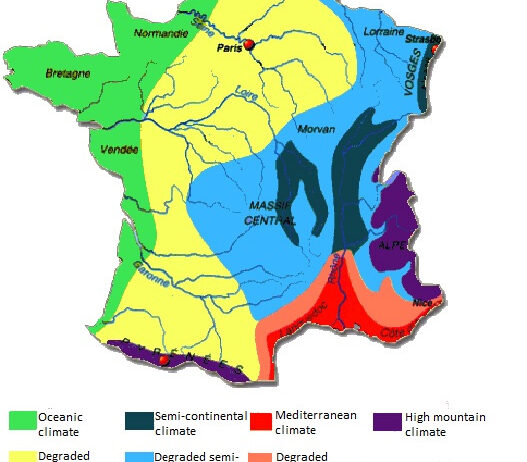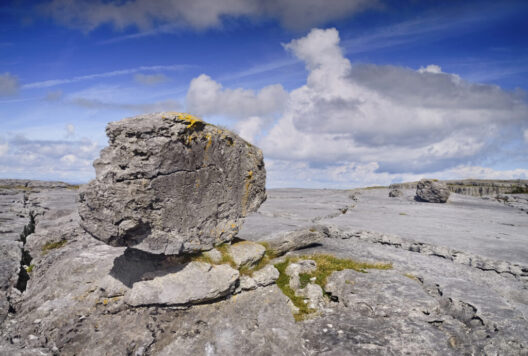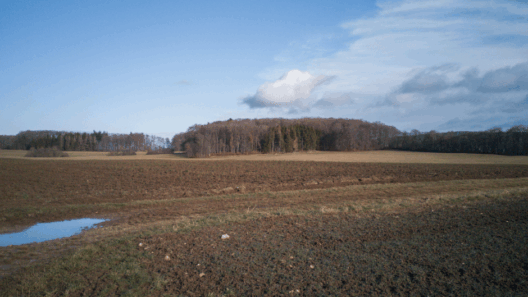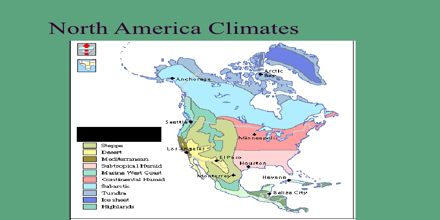Germany, a land steeped in history, is not merely a canvas for architectural marvels and cultural heritage; it is a dynamic portrayal of nature’s artistry across its four distinct seasons. This enchanting country offers more than just a visual feast; it is a vivid juxtaposition of climate zones and geographical diversity, weaving a tapestry of experiences from the North Sea’s brisk winds to the Mediterranean’s gentility in the south. Understanding the climatic narrative of Germany reveals the profound relationship between its environment and its rich historical context.
Germany’s climatic character fluctuates as one traverses its expansive terrain. The country’s climate is primarily classified as a temperate oceanic one, interspersed with continental influences. However, the intricacies of its seasonal transitions manifest differently in various regions, creating a mosaic that reflects both the temperate nature and regional peculiarities within the bounds of a single nation.
As winter whispers its chilling soliloquy, the landscape is transformed into a realm of serene beauty. Frost-kissed trees and snow-laden rooftops evoke an ethereal quietude rarely found in the bustling vibrancy of summer. The central and southern regions, where the mountains cradle the clouds, often relish in deeper snowfalls, turning quaint villages into winter wonderlands. Markets adorned with twinkling lights and the scent of spiced mulled wine invite both locals and visitors to revel in the festive ambiance. Traditional Christmas markets pop up like quaint pockets of joy, offering exquisite handcrafted gifts and tantalizing seasonal treats. Each breath of invigorating air feels like a brisk reminder of nature’s ability to encapsulate both harshness and charm.
As the symphony of winter fades, spring bursts forth with a jubilant fervor. This is the season of renewal when every bud, bloom, and birdcall seems jubilant, rejoicing in the warmth of longer days. Nature sheds its icy veil; the splendor of cherry blossoms in Bonn and tulips in the Keukenhof Gardens become synonymous with rebirth and optimism. The land awakens, and so do its people. Festivals celebrating the arrival of spring emerge across the country, each imbued with a spirit of hope and vitality. The air, now fragrant with blossoming flowers, invigorates the senses. This is when Germany sheds its winter weight and embraces life anew, demonstrating resilience much like its own historical narrative of recovery and growth.
Transitioning into summer, Germany transforms into a vibrant palette of colors and spirited endeavors. The sun bathes the landscape in golden light, coaxing locals outdoors. This season embodies the essence of leisure and festivity; parks overflow with picnickers, and rivers become playgrounds for water enthusiasts. The vast vineyards of the Rhine Valley offer an idyllic retreat, inviting oenophiles to indulge in tastings of locally crafted wines. Festivals sprout like wildflowers during this time, all celebrating the bountiful harvests of fruits and grains. The long, sultry days ignite a collective joie de vivre, a testimony to the country’s ability to celebrate its agricultural heritage and cultural diversity. Here, summer encapsulates the heart of German warmth—literally and metaphorically.
As the golden hues of summer yield to the fiery shades of autumn, Germany unveils its most flamboyant and poignant palette. This season is a poignant reminder of impermanence, as leaves transition from greens to vibrant oranges and reds, and later, golds. It’s as if nature, celebrating its cyclical existence, adorns itself in vivid colors before retreating into dormancy. The harvest season bestows a bounty of culinary delights: pumpkins, apples, and grapes fill the markets. Oktoberfest, the world’s largest beer festival, encapsulates Germany’s distinctive traditions, drawing revelers from around the globe to experience the festive atmosphere coupled with traditional Bavarian cuisine. The bittersweet beauty of autumn resonates deeply, mirroring the nostalgia of change and the stories of time’s passage—a reminder of both the land’s fertility and its fleeting nature.
Understanding Germany’s climate is not merely about delineating weather patterns; it is about recognizing how these shifts orchestrate the rhythms of life, culture, and history. Each season acts like a chapter in a greater narrative—one that allows individuals to connect deeply with their environment and each other. The contrast between winter’s austerity and summer’s exuberance represents the duality inherent in existence itself. It is a reminder that both triumphs and trials shape the ethos of this historic land, forging a national identity interwoven with nature’s enduring legacy.
Moreover, the impacts of climate change loom ominously over this rich climatic mosaic. Shifts in temperature and unpredictable weather patterns threaten to disrupt the delicate balance of these seasons. The greening of winter or the premature arrival of spring could alter Germany’s agricultural landscape, thus challenging its time-honored traditions and sustainability. This presents a clarion call to both the local populace and international observers to heed the evolving environmental narrative and preserve the kaleidoscopic beauty of Germany’s climate. The stewardship of this historic land is not merely a responsibility; it is a collective endeavor to secure its essence for future generations.
In conclusion, Germany’s climate is a breathtaking reflection of its historical journey, embodying the resilience and spirit of its people. As each season unfolds, it weaves a story of transformation, connection, and appreciation for the natural world. Each season invites individuals not just to observe but to participate in a larger dialogue with nature, culture, and history. In this intricate interplay, the true beauty of Germany rests—a sanctuary where seasons change and life persists, underscoring an enduring bond between humanity and the environment.







